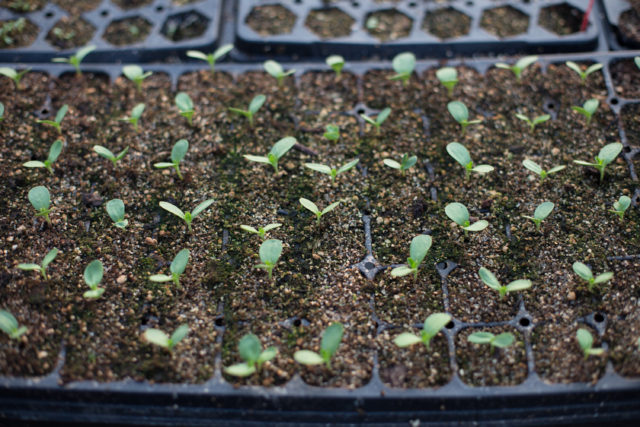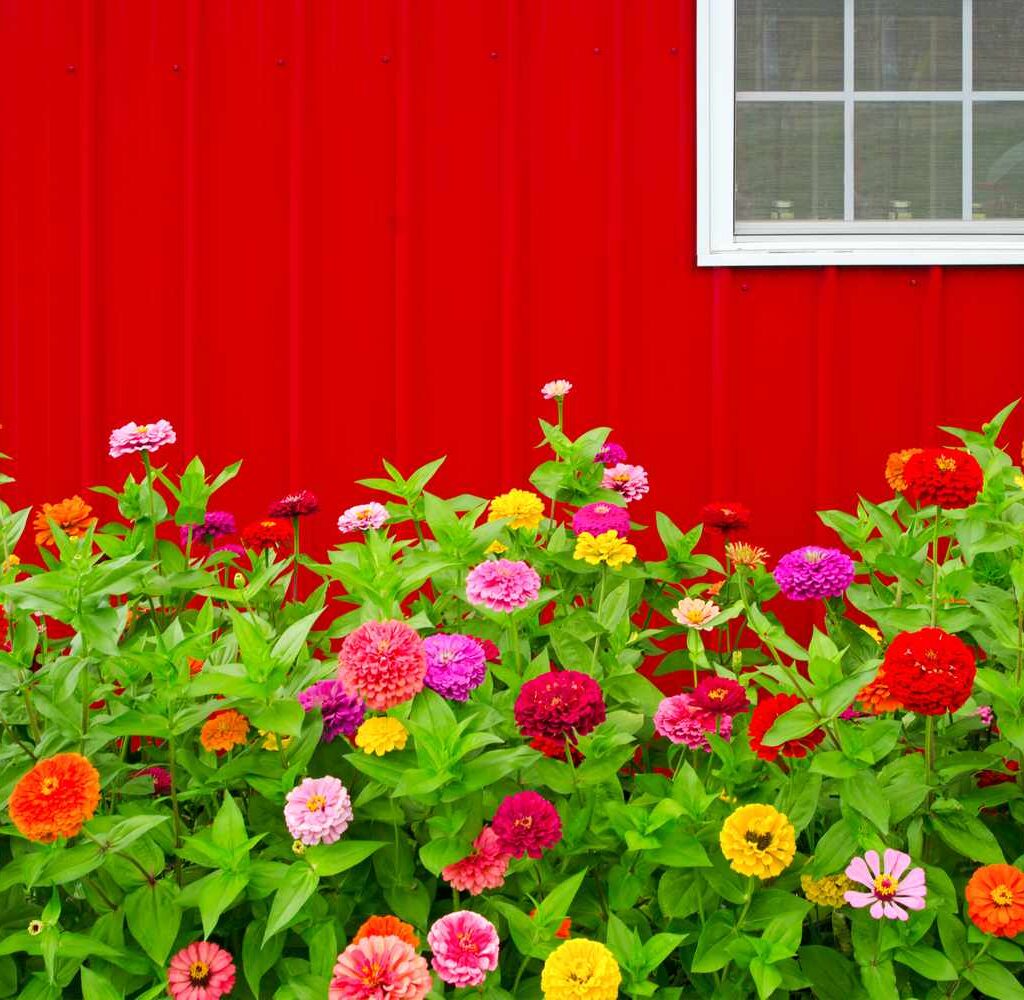If you’re looking for a flower that delivers vibrant colors, thrives in the summer heat, and practically grows itself — look no further than zinnias. These cheerful annuals are beloved by beginner and seasoned gardeners alike for their bold blooms, easygoing nature, and ability to attract butterflies, bees, and other pollinators.
In this guide, we’ll walk you through everything you need to know to successfully grow zinnias, from selecting varieties and planting to care tips and troubleshooting. Whether you’re filling garden beds, borders, or containers, zinnias are a surefire way to add nonstop color to your outdoor spaces.

Why You Should Grow Zinnias
Zinnias are much more than pretty petals. Here’s why gardeners love them:
- Bright, vivid blooms in almost every color imaginable.
- Fast-growing and easy-care, perfect for beginners.
- Thrive in hot, sunny conditions.
- Excellent for cut flower arrangements.
- Attract pollinators like butterflies and bees.
- Available in a range of heights and bloom shapes.
They bloom from early summer until the first frost, providing months of cheerful color when many other flowers start to fade.
Popular Zinnia Varieties to Grow
Zinnias come in several species, with Zinnia elegans being the most common in gardens. Here’s a look at some popular types you might want to grow:
| Variety | Features | Best For |
|---|---|---|
| Zinnia elegans | Classic garden zinnias with large blooms and bright colors | Flower beds, borders |
| Zinnia angustifolia | Smaller flowers, drought-tolerant, excellent ground cover | Edging, containers |
| Zinnia haageana | Compact plants with bi-color blooms | Small gardens, pots |
| Profusion Series | Disease-resistant, continuous blooming, compact growth | Containers, low borders |
Tip:
For mixed-color displays, look for seed blends like ‘Cut and Come Again’ or ‘California Giants’, which offer a rainbow of flowers from a single packet.

When and Where to Plant Zinnias
Zinnias love the heat — they thrive in full sun and warm soil. Here’s when and where to plant them:
- Plant outdoors after your last frost date when the soil reaches at least 70°F (21°C).
- Zinnias need full sun (at least 6–8 hours daily) for their best performance.
- Choose a spot with well-drained soil; zinnias dislike soggy roots.
Pro Tip:
Zinnias are ideal for cut flower gardens, borders, butterfly gardens, and container displays.
How to Grow Zinnias from Seed
Zinnias are easy to grow from seed, and many gardeners prefer direct-sowing them outdoors. Here’s how:
Direct-Sowing Outdoors
- Wait until the danger of frost has passed and the soil has warmed.
- Loosen the soil and mix in compost.
- Sow seeds ¼ inch deep and 6–12 inches apart, depending on the variety.
- Water gently after planting.
- Thin seedlings to proper spacing once they’re a few inches tall.
Germination Time:
5–7 days in warm soil.
Starting Indoors
If you want an early start:
- Start seeds 4–6 weeks before your last frost date in seed trays.
- Keep at 70–75°F (21–24°C) until germination.
- Transplant seedlings outdoors after the risk of frost has passed.

Caring for Zinnias
Zinnias are one of the easiest flowers to maintain, but they’ll reward a little care with even more blooms.
Watering
- Water regularly, especially during dry spells.
- Avoid overhead watering to prevent leaf spots and mildew.
- Water at the base of the plant in the morning.
Fertilizing
- Zinnias aren’t heavy feeders but will bloom better with a balanced fertilizer.
- Apply a balanced liquid fertilizer every 3–4 weeks or mix compost into the soil before planting.
Mulching
- Apply a thin layer of organic mulch to help retain moisture and suppress weeds.
- Avoid mulching too closely around the stems.
Pruning and Deadheading
Deadheading (removing spent blooms) encourages zinnias to keep flowering all season long.
- Pinch or snip off faded flowers just above a leaf node.
- For bushier plants, pinch back the growing tips when plants are young.
Tip:
Regular deadheading not only improves appearance but extends the bloom period.

Common Problems and How to Fix Them
While zinnias are generally trouble-free, here are a few issues you might encounter:
| Problem | Cause | Solution |
|---|---|---|
| Powdery Mildew | Humid conditions, poor air circulation | Space plants well, water at the base |
| Leaf Spot | Fungal disease from overhead watering | Avoid wetting foliage, remove affected leaves |
| Aphids or Spider Mites | Dry, stressed plants | Spray with insecticidal soap or water jet |
Note:
Growing disease-resistant varieties like the Profusion Series can greatly reduce these issues.
Harvesting Zinnias for Cut Flowers
Zinnias are one of the top cut flowers for summer arrangements, thanks to their long-lasting, bright blooms.
How to Harvest:
- Cut flowers early in the morning when they’re fully open.
- Use sharp, clean scissors or pruners.
- Place stems immediately in cool water.
Tip:
Cutting zinnias encourages the plant to produce even more blooms, so don’t be shy about harvesting regularly.

Saving Zinnia Seeds
Want to grow your favorite zinnias again next year? It’s easy to collect and save seeds.
- Allow a few flowers to fade and dry on the plant.
- Once the heads turn brown and brittle, clip them off.
- Break open the flower heads and collect the small, arrow-shaped seeds.
- Store in a labeled paper envelope in a cool, dry place.
Note:
Hybrids may not grow true to the parent plant, but open-pollinated varieties will.
Companion Planting with Zinnias
Zinnias pair beautifully with other sun-loving annuals and perennials. They’re also excellent pollinator attractants, making them great companions in veggie gardens.
Good Companions:
- Marigolds
- Cosmos
- Sunflowers
- Salvia
- Tomatoes (attract pollinators and deter pests)

Final Thoughts
Zinnias are one of the most rewarding flowers you can grow. Their fast growth, brilliant colors, and easy care make them a staple in any summer garden — whether you’re a beginner or a seasoned green thumb. With minimal effort, you’ll enjoy a riot of color from early summer right up to the first frost.
So grab some zinnia seeds, pick a sunny spot, and start growing these lively blooms. Your garden (and the neighborhood butterflies) will thank you!





